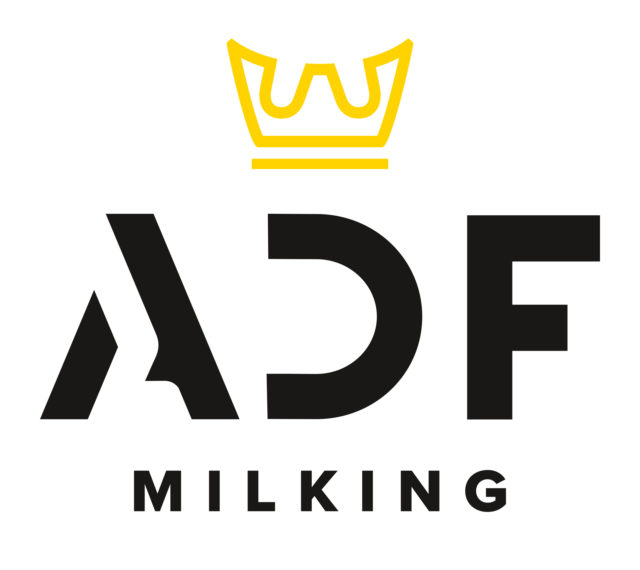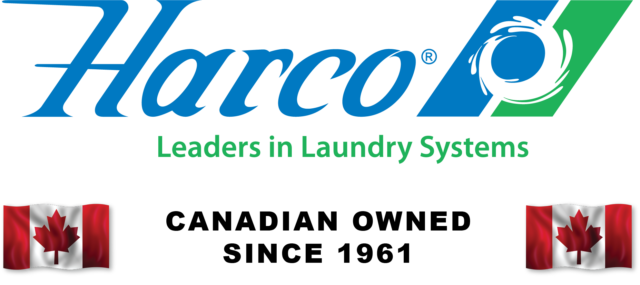Applying inputs onto crops is a part of any production operation – directly or indirectly. So, how can we be applying these inputs so that they are more efficient and cost-conscious? Many have turned to spray drones for the answer – quickly making drone-based aerial application a sustainable option for the future.
Application drones are now providing farmers with the unique ability of applying a wide variety of legal products by themselves. Aerial drone application offers a unique set of advancements in spraying: timing of application, spot spraying, reduced input use, increased aerial application accuracy, reduced yield loss, etc.; the options seem endless.
However, the capabilities of spray drones are restrained by two different authorities. The first restraint is from the ability to legally fly the aircraft itself, which is regulated by Transport Canada (TC) in requiring a drone licence. The second restraint has to do with the products being applied by the drone – crop protection products are supervised by the Pest Management Regulatory Agency (PMRA), which dictates to what extent products are legally allowed to be applied by drone. Therefore, although the drones themselves are easy to operate, these restraints put in place by regulatory authorities should be closely followed.
What are application drones?
Most drones in the aerial application market follow the same concept of operation. They use the air created from propulsion to create downwash, and this pushing motion breaks open the canopy and lays down the product. Typically, these robots use a quadcopter design with a built-in spraying system, though systems can be changed out and replaced with a spreader tank. These drones are generally fully autonomous systems, meaning they are capable of self-piloting and creating their own preplanned flight paths.

Understanding how drones work is the first step to using them on your operation. Photo by Lucas Weber.
.The more nuanced innovations of application drones can be seen from market leaders. Any spray drone requires the same main components: rotor system, product tank, pumps, broadcasting system and a frame that securely connects everything together. However, they may differ in terms of the materials or placement of parts, among other things.
Here we examine qualities that certain drones may or may not have, contributing to their level of innovation from the basic design:
- Some drones adopt atomization technology to control rate and droplet size on the go.
- Drones can use peristaltic pumps (squeeze pumps) to increase dosage accuracy and pump longevity.
- Some manufacturers post the drone schematics online and implement “plug and play” in the drone so it is quicker and easier for farmers to do repairs themselves.
- Various blade designs can either increase or decrease downwash for custom desired outcomes and flight stability.
- Tanks mounted below the rotor blades allow for better flying control and, should a crash occur, would have less severe damage due to a lower centre of gravity.
- With some drones, operation history can be quickly accessed online or with your cellphone, rather than having to record them on paper.
- Certain drones are now built out of aluminum alloys and stronger materials to increase durability, as well as receiving an IPX6K rating, which allows for pressure washing.
What can you do with drones?
To fly legally is not difficult to accomplish, as long as you follow TC’s regulations surrounding licensing and certifications. However, applying crop protection products has more restrictions due to the PMRA holding back on approval for use of these products with drones in Canada. This means that fungicides are still not legal, nor are most other “-cide”’ products. That being said, as of this year, Corteva has released an herbicide that can be aerially sprayed using drones on noncropped land. This is a huge step in the right direction for Canada, allowing companies to finally get their foot in the door in terms of applying such products with drones.
Many farmers are purchasing their drones now with the hope that the PMRA legalizes products like fungicides sooner rather than later. This allows them to get their licences and required certifications from TC in the meantime.
Currently, the main uses in the industry are microdosing foliar fertilizer applications for better timing and cover crop broadcasting into standing crop. There are also many niche uses for these application drones, such as greenhouse painting, brush control and flying in vineyards for frost protection (rather than using helicopters).
Depending on your operation, there are likely more opportunities than you would think.
Points to consider
Some spray drone limitations can be reduced when the pilot is knowledgeable and understands how to operate the application drone correctly. Again, with anything new, there is a slight learning curve.
There are many dealers who help make this transition easier by providing training that teaches individuals how to fly properly and produce desired results. The best thing to do is to speak to your local dealer or reach out to me with any questions on spray drones and their many capabilities.










